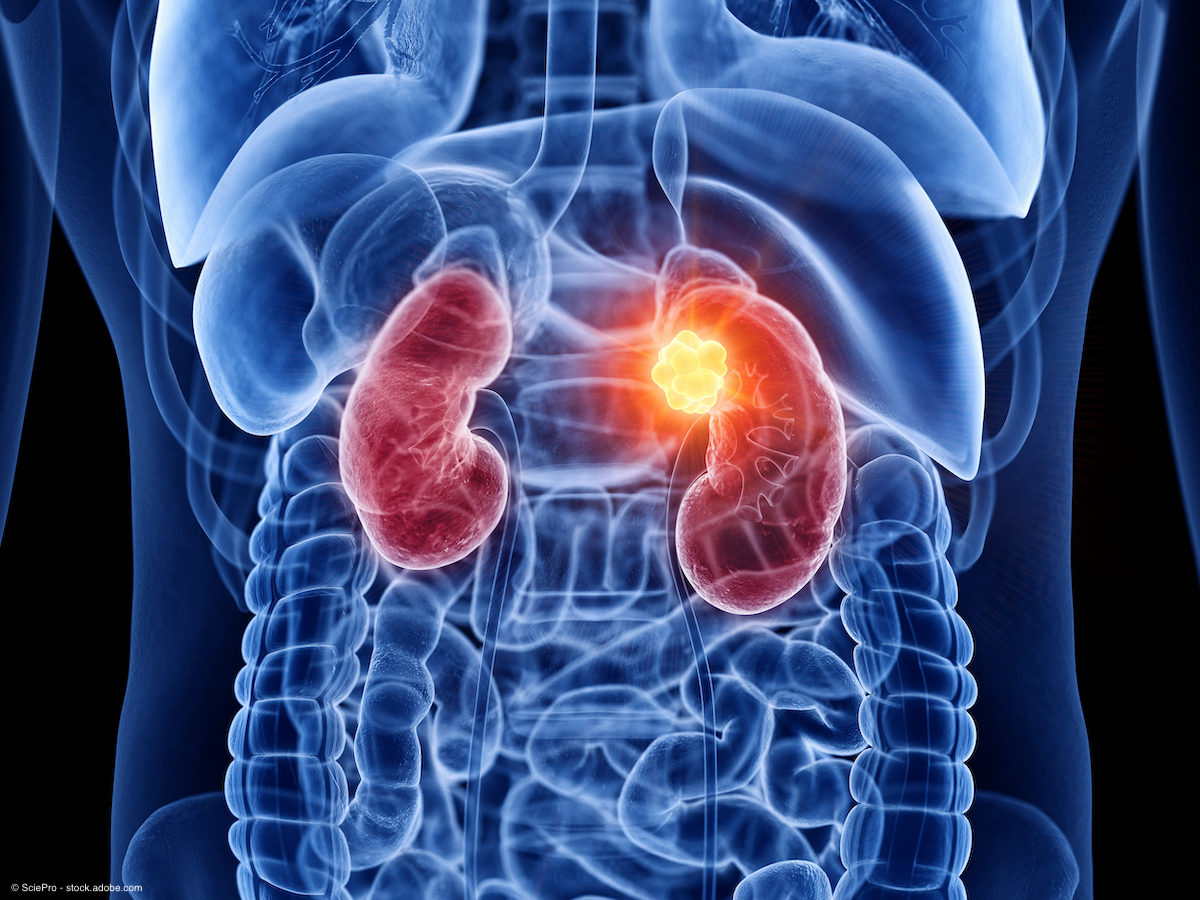News
Article
SABR demonstrates significant efficacy in older patients with kidney cancer
Author(s):
The study achieved 100% local control and cancer-specific mortality rates with stereotactic ablative body radiotherapy.
Treatment with stereotactic ablative body radiotherapy (SABR) achieved significantly durable local control and cancer-specific survival in older patients with primary renal cell carcinoma (RCC) who were unsuitable for surgery, according to findings from the phase 2 TransTasman Radiation Oncology Group (TROG) FASTRACK II study (NCT02613819) presented at the 2023 American Society for Radiation Oncology (ASTRO) annual meeting in San Diego, California.1
The study included 70 patients who had inoperable, high-risk kidney tumors or had declined surgery.

In follow-up longer than 3 years (median = 42 months), SABR exhibited local control of 100% (P < .001), and there were no instances of cancer-specific mortality among patients treated with SABR.
“Our study demonstrated that a novel treatment delivered in an outpatient setting is able to achieve unprecedented efficacy for patients with inoperable kidney cancer. There’s an unmet need for curing this type of cancer, and our findings point to the potential of radiation therapy to address that need,” said lead author Shankar Siva, PhD, in a news release on the findings.2 Siva is a radiation oncologist at the Peter MacCallum Cancer Centre and a professor at the University of Melbourne in Australia.
In total, the TROG FASTRACK II study included 70 patients who had inoperable, high-risk kidney tumors or had declined surgery. The median age among all patients was 77 years. All patients had a single lesion, and the average size of all tumors was 4.7 cm. Those with a tumor smaller than 4 cm received a single dose of SABR (n =23), and patients with a tumor greater than 4 cm received 3 doses of SABR (n = 47). The primary outcome of the study was local control of RCC.
Throughout the entirety of the study period, no patients experienced local progression of their cancer. Data also showed a 1-year overall survival (OS) rate of 99% (95% CI, 90-100%), and a 3-year OS rate of 82% (95% CI, 70-89%). Distant recurrence of kidney cancer was observed in 1 patient.
The investigators also observed a moderate drop in kidney function that plateaued after 2-years following treatment. At 1 year follow-up, the average decline in estimated glomerular filtration rate (eGFR) was 10.8 mLs/min. At 2-year follow-up, the average decline in eGFR was 14.6 mLs/min. Dialysis was required for 1 patient following treatment.
Grade 1-2 treatment-related adverse events (AEs) were experienced by 51 patients (73%). Grade 3 AEs were observed in 7 patients (10%), with the most common being abdominal pain, which was experienced by 3 patients. No grade 4 or 5 AEs were reported. In total, 11 patients (16%) did not experience any AEs.
"Our research clearly defines a new population of patients who will benefit from stereotactic radiation. These patients often don’t have other viable treatment options, so we are excited to see that radiation therapy can be effective for them,” added Siva in the news release.2
Siva noted that these findings warrant a phase 3 trial designed to determine whether SABR could be considered a standard option for patients with inoperable kidney tumors.
References
1. TROG 15.03/ANZUP international multicenter phase II trial of focal ablative stereotactic radiotherapy for cancers of the kidney (FASTRACK II). Presented at the American Society for Radiation Oncology (ASTRO) Annual Meeting. October 1-4, 2023. San Diego, California. Abstract 5
2. High-dose radiation offers new treatment option for older patients with inoperable kidney tumors. News release. American Society for Radiation Oncology (ASTRO). September 28, 2023. Accessed October 4, 2023. https://www.newswise.com/articles/high-dose-radiation-offers-new-treatment-option-for-older-patients-with-inoperable-kidney-tumors















